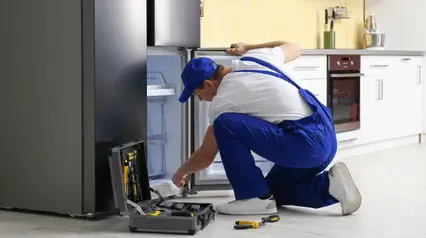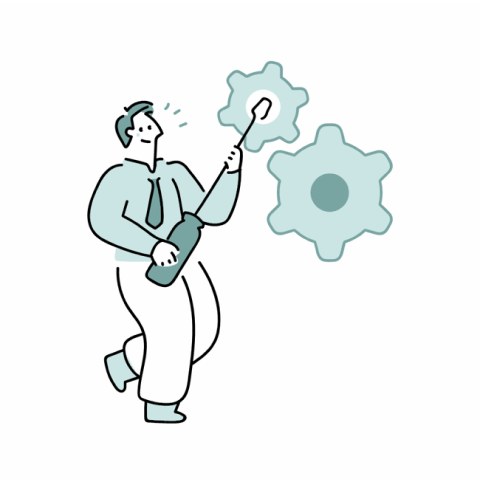Food preparation and handling
- Before preparing any food, always wash your hands thoroughly with soap and water.
- All food must be prepared in a clean and sanitary area. This means that all surfaces must be clean and free of debris, and that there is adequate ventilation to prevent any contamination.
- All utensils and equipment must be clean and in good working order. This includes knives, cutting boards, pots, pans, and any other tools that will come into contact with food.
- All food must be properly cooked and stored at the correct temperature. This means that meat must be cooked to the correctinternal temperature, and that perishable food must be stored in a refrigerator or freezer.
- When serving food, always use clean plates and utensils. Never reuse plates or utensils that have already been used, as this can contaminate the food.
- Always keep food covered or wrapped when not in use. This will protect it from contamination by dust, dirt, or other contaminants.
- When cleaning up after preparing food, be sure to thoroughly clean all surfaces and utensils. This includes washing them with soap and water, and then sanitizing them with a bleach solution.
Refrigerator and freezer maintenance

- Check temperatures regularly. The refrigerator should be between 32-40 degrees Fahrenheit and the freezer should be at 0 degrees Fahrenheit.
- Clean the interior and exterior of the refrigerator and freezer regularly. Wipe down the interior walls and shelves with a mild soap and water solution. Clean the exterior with a damp cloth.
- Inspect the door seals and gaskets regularly. Make sure there are no tears or holes. If the seals are damaged, replace them.
- Check the evaporator and condenser coils monthly. Vacuum the coils with a brush attachment to remove dirt and dust.
- Check the drainage system monthly. Make sure the drain pan is empty and clean. If the drain line is clogged, clear it with a plunger or a plumber’s snake.
- Replace the air filter every six months.
- Schedule a professional maintenance check once a year.

